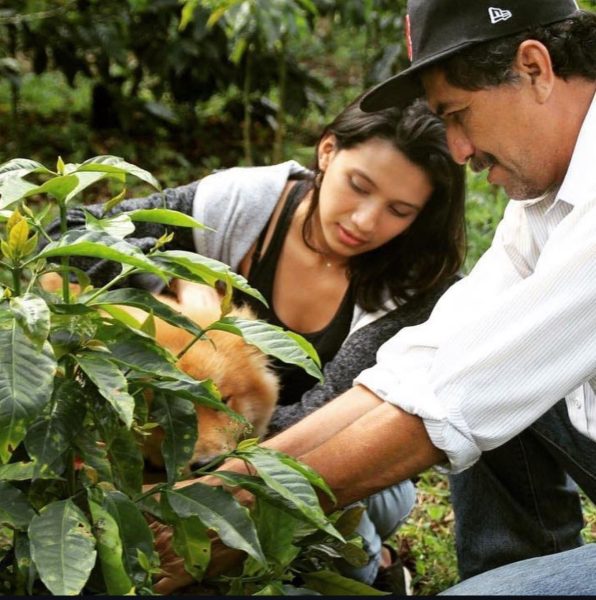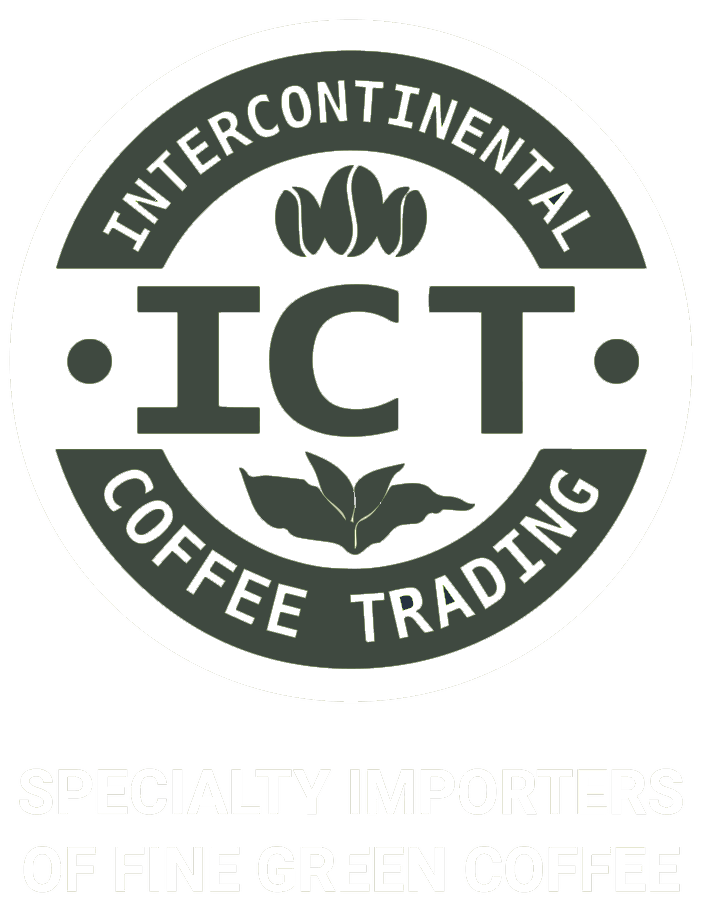
Specialty coffee is more than a product. It is a relationship. While customers can buy coffee anywhere, what keeps them loyal to your brand is the connection they feel to the people and places behind the beans. One of the most effective ways to create that connection is through origin storytelling.
Why Origin Stories Matter
Coffee origin stories bridge the gap between daily consumption and global agriculture. For most consumers, coffee begins at the café counter or grocery shelf. By sharing the human, environmental, and cultural details of origin, roasters help customers see coffee as something with depth, heritage, and intention.
When customers hear about a farmer who hand-sorts cherries in Guatemala, a cooperative in Peru investing in community schools, or a family in Brazil working with the same soil for generations, they feel invested. That emotional connection builds loyalty that goes beyond price.
How Origin Stories Build Loyalty
They Humanize Coffee
Origin stories remind customers that coffee is grown by people, not produced by machines. Names, faces, and family histories resonate with customers and create empathy that keeps them coming back.
They Differentiate Your Brand
Two roasters might both sell a Colombian coffee, but the one who shares the details of the farm, family, and practices is offering more than a product. They are offering experience. Storytelling adds differentiation in a crowded market.
They Add Value to Quality
When customers learn about the challenges of climate change, the precision of processing, or the investment required for certifications, they understand why certain coffees cost more. Storytelling builds a willingness to pay for quality.
They Create Community and Belonging
Customers who know the story behind their daily cup feel like part of something bigger. They are not just drinking coffee. They are supporting a farmer’s livelihood, protecting biodiversity, or contributing to sustainable farming.
Example: Finca Los Pinos, Nicaragua
One way to bring storytelling to life is by highlighting specific farms. Take Finca Los Pinos in the El Arenal Nature Reserve of Matagalpa, Nicaragua.
The Corrales Family has been producing coffee for four generations, preserving traditional practices while innovating with sustainability in mind. The farm uses a comprehensive water management system and organic fertilization made from coffee waste, cow manure, and minerals sourced on-site. Their philosophy is simple: coffee is an art that must be worked with dedication, respect for nature, and commitment to the community.
Los Pinos produces Catuai, Catimor, Lempira, Sarchimor, Java, and Maracaturra at 1,400 meters, offering natural, honey, washed, and anaerobic processes. With only 7 to 12 containers a year, the farm focuses on quality and sustainability over volume.
Community investment is central to their story. The farm has supported more than 40 university scholarships, installed 13 biodigesters, provided internships for over 100 students, and hosted more than 700 annual visitors ranging from roasters and baristas to international students.
Sharing stories like this does more than describe flavor notes. It connects customers to the real impact behind their purchase, making them feel part of a story worth supporting again and again.
They Don’t Always Need to Be About People
While farmer stories are powerful, effective storytelling can focus on other aspects that make a coffee special. You might discover an exceptional Guatemala Huehuetenango with incredible chocolate and citrus notes but have limited information about the specific producer. In these cases, you can build compelling narratives around the region’s volcanic soil and high altitude, the careful washed processing that brings out its clarity, or simply your excitement about discovering a particular lot. Sometimes the story is about the meticulous sorting that creates an EP grade, the unique microclimate of a growing region, or even your own journey of tasting and selecting coffees. Customers connect with authenticity—whether that’s a fourth-generation farmer’s dedication or your genuine enthusiasm for a coffee’s distinctive character.
This approach acknowledges that not every coffee comes with a detailed producer story while still emphasizing the importance of creating meaningful connections with customers through whatever compelling details are available.
Practical Ways to Share Origin Stories
- On packaging and menus: Highlight farms by name and share one or two unique details.
- In cafés and roasteries: Train staff to share a quick story or fact with customers.
- Through digital content: Post blogs, photos, and videos that show the people behind the coffee.
- At cuppings: Compare coffees from the same country and explain how farming practices create differences in flavor.
ICT Coffee’s Role in Origin Storytelling
At ICT, we see storytelling as an extension of sourcing. We build relationships with producers, cooperatives, and exporters so we can pass along not just green coffee, but also the stories that make each lot meaningful.
We provide roasters with farm-level profiles, histories, and community impact information that you can adapt to connect your customers to origin.
By sharing origin stories, you are not just selling coffee. You are building loyalty rooted in trust, connection, and respect for the people who make coffee possible.
